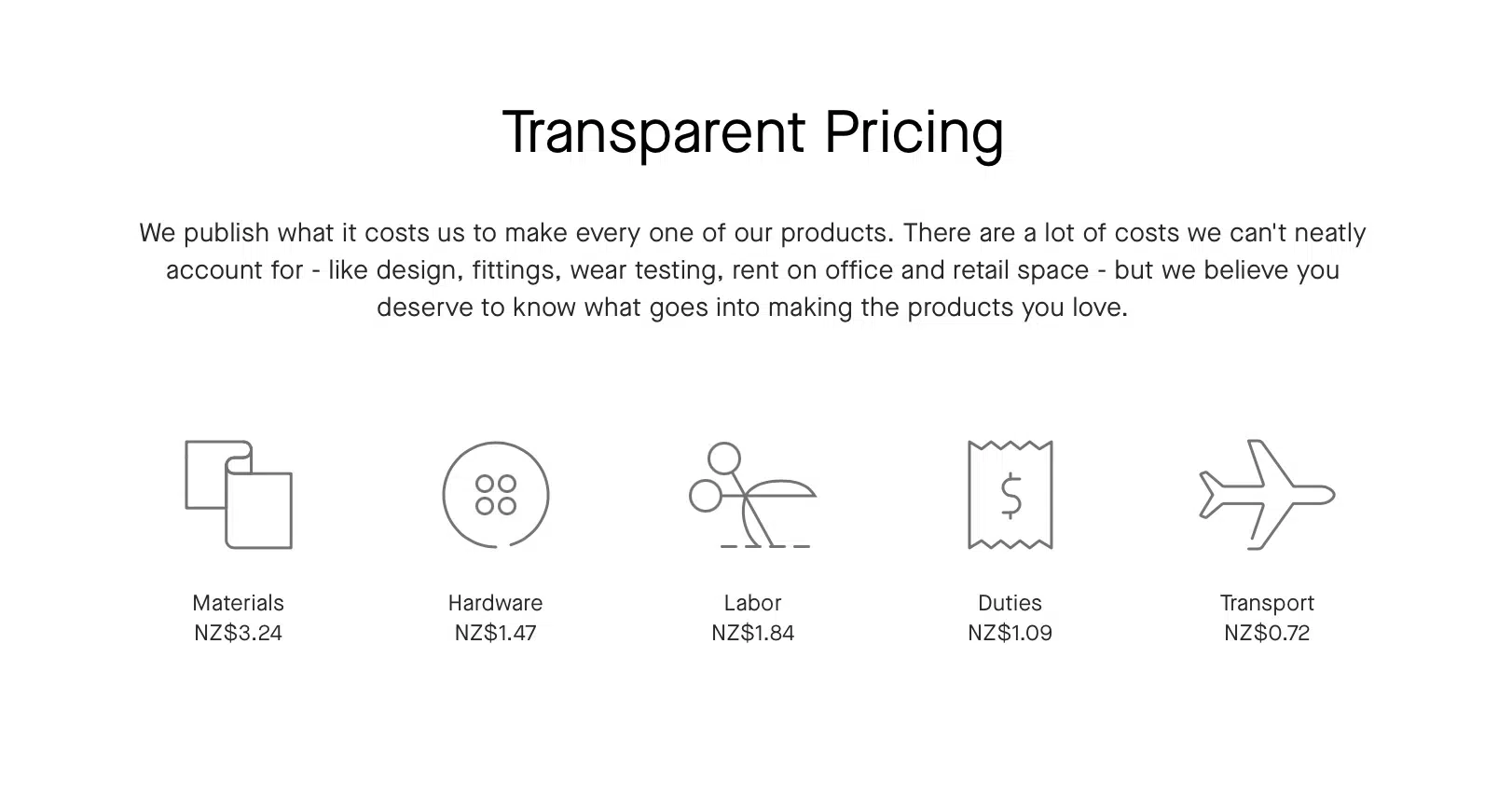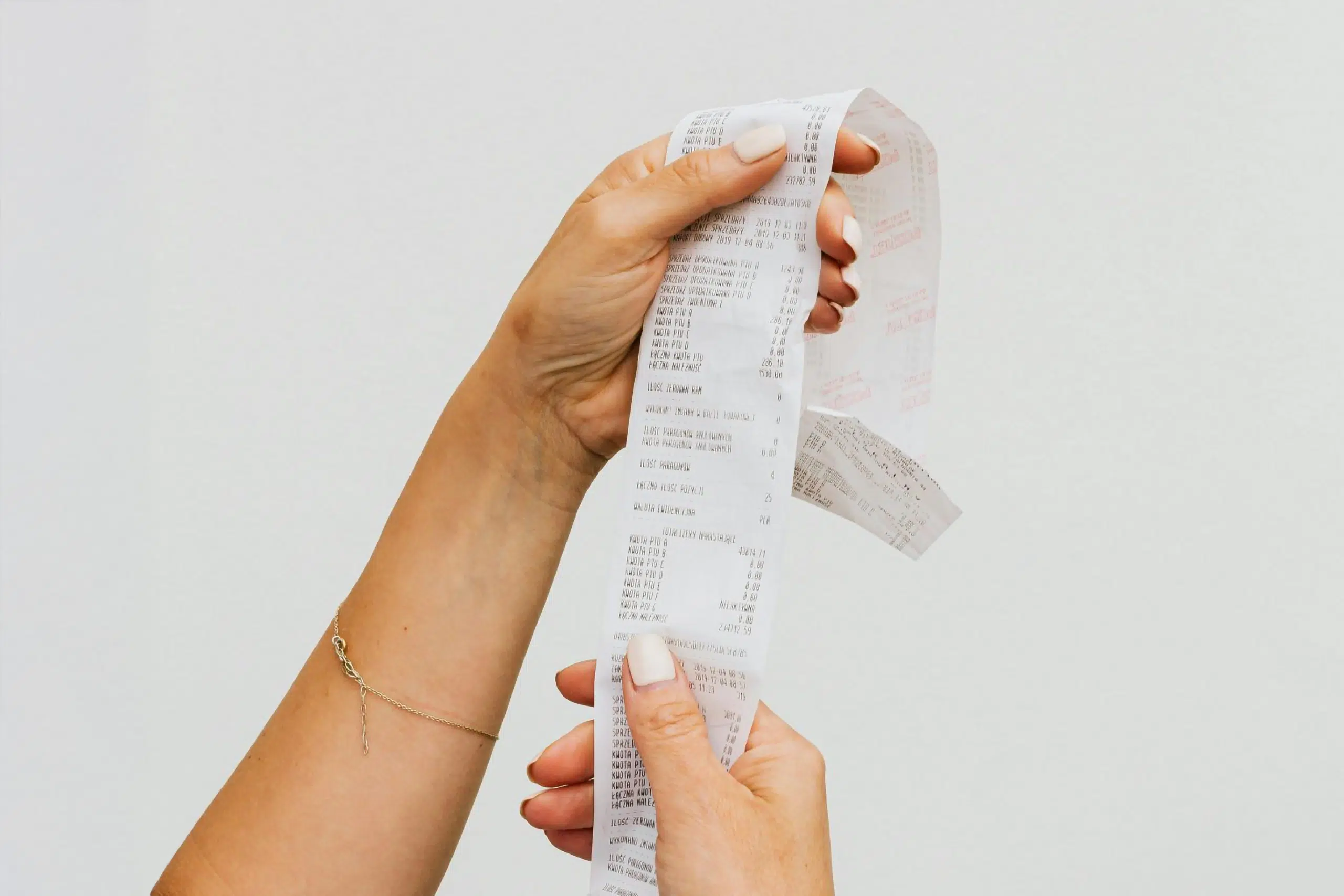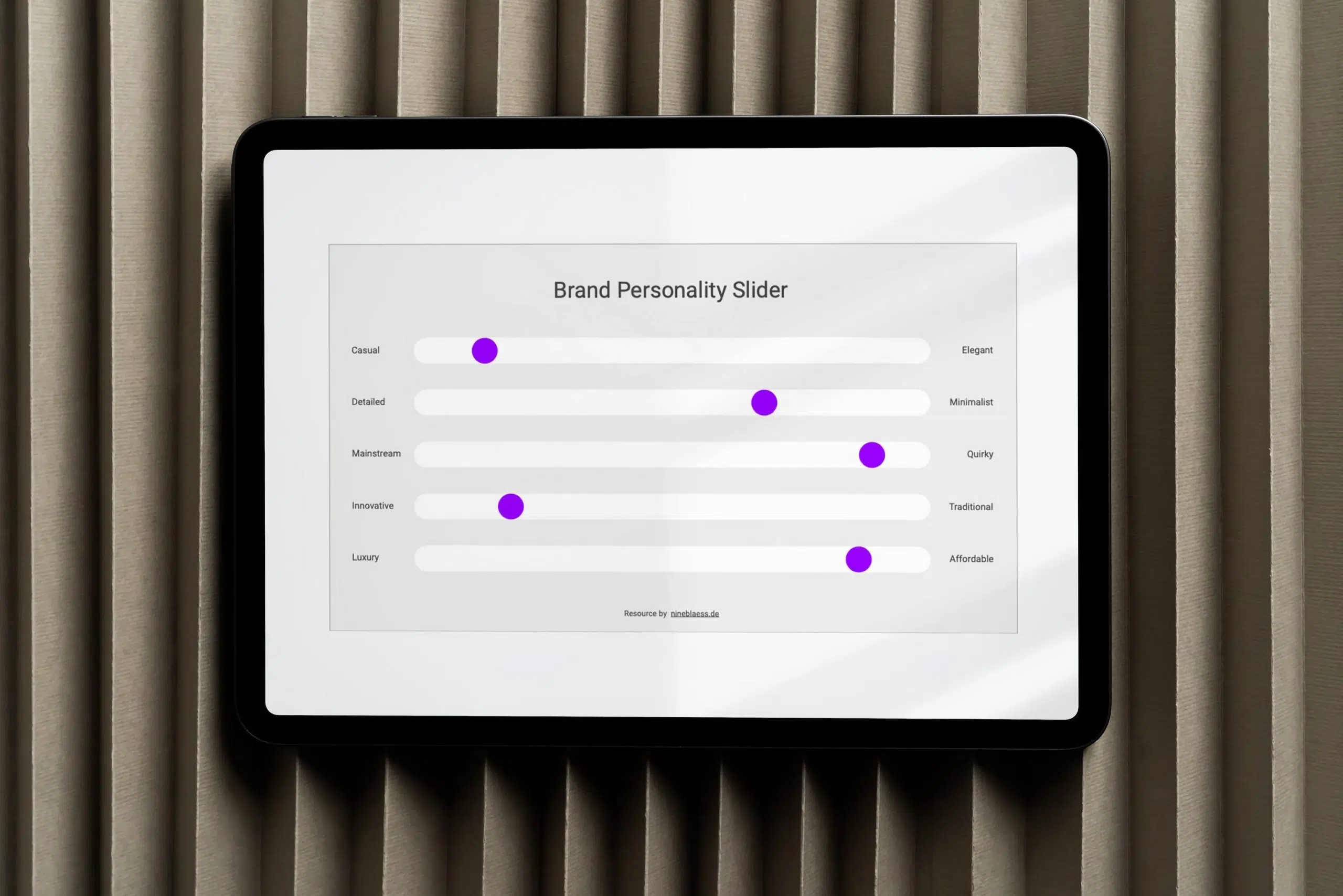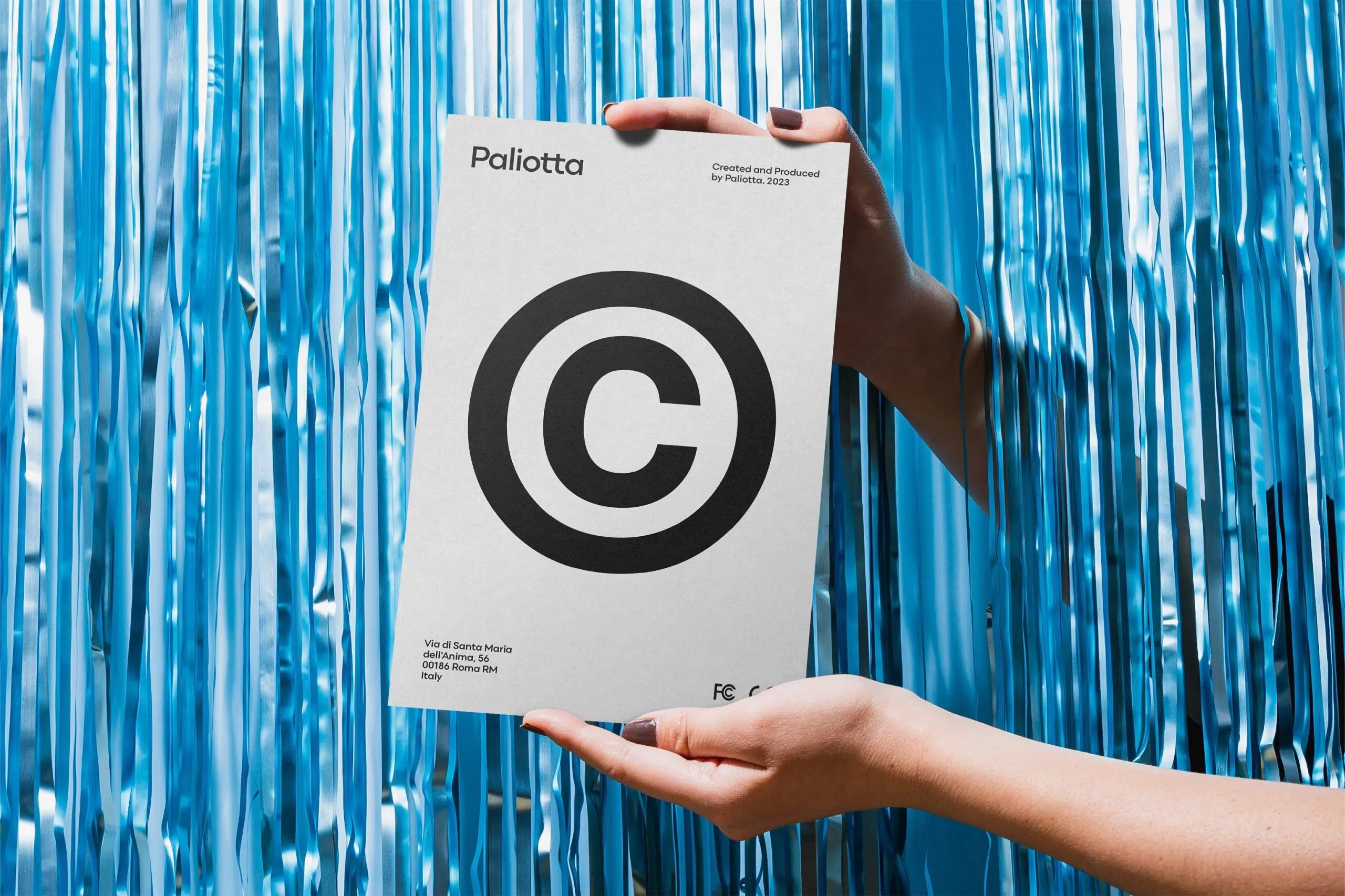The prices you set can influence the perception of your brand and reinforce its positioning on the market. This ultimately contributes to building brand equity and brand loyalty.
Let’s explore how pricing and brand perception are connected and how you can further strengthen the added value and positioning of your brand with strategic pricing.
We’ll also look at some psychological pricing techniques you can use to influence consumer decisions.
How price signals added value
Price as a signal of quality and value
Pricing and brand perception go hand in hand. Price often helps us to make a quick judgement about the quality of a brand. In fact, a 2021 NielsenIQ study found that 86% of consumers associate higher prices with better quality.
However, McKinsey’s analysis of the European grocery market suggests a shift: consumers increasingly view price in terms of value for money. This means that while quality still matters, factors like product range, convenience, and the overall brand experience are now just as important.
A higher price often signals better quality and better value for money, due to the halo effect—where one positive attribute influences our overall judgment.
Premium pricing: Ritz-Carlton
The Ritz-Carlton hotel chain, for example, appears desirable and exclusive—partly due to its premium prices.
But this strategy only works because the price is backed by a strong brand identity, outstanding quality, and a seamless customer experience—from its elegant ambience to its high-end service.
Accessible pricing: IKEA and Aldi
In contrast, more affordable brands like IKEA and Aldi communicate accessibility through lower prices.
Their pricing strategy appeals to a broader audience and aligns with their focus on functionality, efficiency, and simplicity.
Discounts impair brand perception
Low prices work for Aldi and IKEA but can also backfire—especially with excessive discounts. While discounts can increase sales in the short term, they can damage brand equity in the long term.
A study by the Harvard Business Review confirms this and comes to the conclusion that frequent discounts can reduce brand value by up to 33%.
Brands that rely heavily on discounts risk becoming commoditised— thus losing their uniqueness and credibility in the long term.
Frequent discounting can dilute your brand identity and give the impression that the brand no longer offers true exclusivity. Customers may begin to perceive the brand as less desirable or less valuable.
Luxury brands know this. They maintain their premium positioning not by lowering prices, but by raising them.
Price as a reflection of brand positioning
Quality is an important factor, but not the only one, in creating added value. Beyond quality, higher prices can be justified by strategic positioning of the brand—not necessarily as the best, but simply as a different option.
Here are some examples of how brands can differentiate themselves:
- Unique brand experience (e.g. walking into a Lush shop with its scents and textures)
- Innovative products (e.g. Dyson vacuum cleaners with their superior technology)
- Distinctive brand personality and voice (e.g. Oatly’s humorous and unconventional language)
- Strong brand values (e.g. Patagonia’s strong commitment to sustainability)
- Emotional benefits (e.g. Harley-Davidson’s free, rebellious lifestyle)
Further reading
For more ideas, check out my article “18 brand positioning examples to inspire your brand strategy.”
Trust and transparency in pricing
Besides communicating added value, pricing also plays a role in creating trust. If pricing is perceived as fair, customers are more likely to trust and remain loyal to your brand.
Today’s consumers are doing their homework. They’re well-informed. They research, compare, and expect transparency and honesty from brands.
Hidden fees, confusing price structures, or exaggerated discounts create scepticism and feel manipulating. In the long term, this damages a brand’s credibility.
Brands like Everlane have understood this and have opted for radical transparency. The company openly breaks down its pricing structure—listing costs for materials, hardware, labour, duties and transport. This strengthens its ethical positioning and reassures customers that they’re paying a fair price.

How pricing shapes brand equity and customer loyalty
We have already seen that fair and thoughtful pricing strengthens the brand and promotes customer loyalty in the long term. And that’s basically what brand equity means.
What is brand equity?
Brand equity refers to the intangible value of a brand, which is made up of factors such as brand awareness, trust and perceived added value. A strong brand with high brand equity can generally command premium prices.
Interestingly, pricing itself also plays a role in establishing brand equity. If your brand is perceived as high quality, a higher price will reinforce this image.
On the other hand, frequent discounts or prices that are too low can dilute brand equity and make the brand appear inconsistent or even desperate.
What is price elasticity?
Price elasticity is a concept that is closely linked to brand equity. It measures the extent to which demand changes when prices change.
Some brands (often strong brands) can increase their prices without a noticeable drop in demand, while other brands (usually weak brands) run the risk of losing customers even with small price increases. To build pricing power, you should therefore focus on differentiation and brand strength.
We can distinguish between elastic and inelastic pricing:
- Elastic pricing means that a small price change has a significant impact on demand. This often occurs in highly competitive markets or with price-sensitive customers, such as low-cost airlines or fast fashion.
- Inelastic pricing means that demand remains stable despite a price increase. This often happens with brands that are highly differentiated and have pricing power, such as luxury goods or niche products.
Pricing strategies and how they can strengthen brand positioning
Understanding how pricing affects brand perception is only half the battle. Brands use specific pricing strategies to strengthen their positioning.
Since pricing and brand perception are closely linked, customer perception can be systematically managed through a tailored pricing strategy. Depending on the audience and market, different strategies are used, sometimes also in combination.
Here’s an overview of different pricing strategies and how they can strengthen your positioning.
Premium pricing
Setting your prices higher than the competition makes your brand a symbol of quality, craftsmanship, luxury, or prestige. But it’s important that all aspects of your brand—from design to brand experience to customer service—reflect this premium positioning and justify the price.
Example: Ferrari
Ferrari’s pricing emphasises its exclusivity. Every car is a piece of craftsmanship, and the premium price amplifies the appeal of owning a Ferrari.
Economy pricing
Economy pricing aims to make brands affordable for a wide audience —especially for those who prioritise practicality over prestige and are looking for more affordable solutions.
To avoid appearing ‘cheap’, added value should be created, for example through a likeable brand personality, strong values or a clever design. In This way, affordability becomes a strength and not a compromise.
Example: IKEA
IKEA offers stylish, practical furniture at affordable prices—not by cutting labour costs, but through simplicity, efficiency and clever design. Solutions such as flat-pack self-assembly help to keep costs down without compromising on quality.
Masstige Pricing
Masstige pricing—short for ‘prestige for the masses’—combines premium and economy pricing. This strategy enables brands to offer products with a sense of prestige at a more affordable price and thus make high-quality products accessible to a broader audience.
Example: BMW
The BMW 1 Series is priced lower and serves as an entry-level model into the upmarket ‘BMW experience’.
Competitive pricing
With competitive pricing, the price is either at the same level as the competition or slightly lower. The goal is to offer similar quality at a better price. Brands that use this strategy often differentiate themselves through additional service or better customer experiences while remaining more affordable.
Example: Casper
Casper sells high-quality mattresses directly to the customer and saves costs by cutting out middlemen. This creates an affordable alternative to expensive luxury mattresses.
Parity pricing
With parity pricing, the price is based on that of the competitor, with the focus on the unique added value that the brand offers, such as excellent quality, innovative products or outstanding service.
Example: Samsung
Samsung charges similar prices for its smartphones as Apple does for iPhones, but differentiates itself through specific features such as more powerful cameras with higher megapixels.
Value-based pricing
In value-based pricing, the price is based on the perceived value of the product and not on manufacturing costs or competitors’ prices.
This strategy requires a deep understanding of customer needs and their willingness to pay to fulfil those needs. Brands that use this strategy often deliver directly measurable results.
Example: Pharma industry
Pharmaceutical companies often use value-based pricing for speciality drugs to treat rare or life-threatening diseases such as cancer.
Dynamic pricing
With dynamic pricing, prices are adjusted in real-time based on market demand, customer behaviour and competition. This flexibility is particularly useful in industries with fluctuating demand.
Example: Uber
Uber uses a surge pricing model and increases its prices at times of high demand—during peak hours or in bad weather.
Freemium pricing
With the freemium model, the basic version of a product is free, while extended functions are subject to a charge.
This strategy is particularly popular in the technology and app industry in order to gain a large user base and convert some of these users into paying customers.
Example: Spotify
Spotify offers free music streaming with ads. If you want to listen offline and ads, you can buy Premium access.
Tier pricing
Freemium is often combined with tiered pricing. Different packages are offered at different prices (‘good, better, best’). This allows brands to address different customer segments and position themselves as flexible and customer-orientated.
Example: Mailchimp
The newsletter platform Mailchimp offers tiered pricing to provide companies of all sizes with a suitable solution.
Subscription pricing
With the subscription model, customers pay a regular fee. This leads to recurring income and increases the lifetime value of an individual customer. This strategy is particularly suited to services that are used on a regular basis.
Examples
Netflix, Adobe and Dropbox charge a monthly fee. In this way, they can continuously improve their products and build strong customer loyalty.
Pay-what-you-want pricing
With the pay-what-you-want model, customers can decide for themselves how much they want to pay for a product or service.
Although this model is rather unusual, it can help to build trust and generate enthusiasm. Brands that choose this model position themselves as transparent and customer-orientated. It’s often used in creative sectors.
Example: Atipo Foundry
Atipo Foundry offers its fonts on a pay-what-you-want basis. Radiohead also released their album In Rainbows in this way.
Skimming vs penetration pricing
Both skimming and penetration pricing are strategies for launching a new brand or product, but they shape brand perception differently.
Skimming pricing
Skimming pricing starts with a high price and gradually reduces it over time.
This approach is ideal for brands seeking to position themselves as premium, innovative, or category leaders. It appeals to early adopters who are willing to pay more for exclusivity, prestige, or first access.
Example
New iPhones are released at a premium price. Then, prices fall over time to attract more price-sensitive buyers.
Penetration pricing
Penetration pricing does the opposite, starting with a low introductory price to attract customers quickly and gain market share.
This positions the brand as affordable, accessible, or a disruptor in an existing industry. Over time, prices may increase as the brand builds loyalty.
Example
A new local business, like a hair salon, might offer discounted cuts or introductory packages to attract new customers.
Psychological pricing strategies that influence purchasing decisions
Beyond these core pricing strategies, brands often leverage psychological pricing techniques to influence consumer behaviour subtly.
By tapping into cognitive biases, you can make your prices appear more attractive or reasonable, even when the actual value remains unchanged.
Here are a few methods:
Scarcity
When something is in limited supply, it creates a sense of urgency that increases the pressure to buy quickly before the opportunity runs out.
Example
Many e-commerce websites use scarcity tactics, such as ‘Only 3 left in stock’ or ‘Offer ends in 2 hours’, to provoke quick decision-making.
Even if these tactics are effective, you should use scarcity carefully. You don’t want your customers to feel manipulated, as this could damage your brand’s reputation. A good example of using scarcity in style is limited editions.
Loss aversion
People are more motivated to avoid losses than to gain something of equal value. Companies take advantage of this tendency by highlighting what customers could lose if they don’t act.
Example
A branding freelancer like me might say, “If you don’t invest in strong branding, you won’t be able to convey the professionalism and uniqueness of your business. As a result, you’ll attract fewer clients and generate less revenue in the long run.”
Anchoring
Anchoring means presenting a higher-priced option first to establish a reference point. All subsequent prices then appear more reasonable in comparison.
Basically, all the strategies described below are based on the principle of anchoring.
Example
A hotel might initially offer the customer a luxury suite for $500 per night before offering another room for $250. In comparison, the second option seems like a good offer, although it’s still quite expensive.
Charm pricing
Products can appear more affordable if the price is stated as $9.95 instead of $10 or $97 instead of $100, especially for lower-priced items. Customers tend to focus on the first digit—9 appears smaller than 10.
Example
At our local market, many items, such as fruits and vegetables, are priced at something like $3.99 per kilo, even though New Zealand doesn’t even use 1-cent coins.
However, for high-ticket items priced at $500 and above, rounded prices create a more premium and trustworthy perception. This makes these items feel luxurious and the prices easier to process.
The decoy effect
This introduces a third, less attractive “decoy” price option to nudge people toward the middle option. The aim is to show the middle option as a better offer.
Example
A café may price a small coffee at $3, a medium at $4.50, and a large at $7. The large coffee, priced much higher than the medium, creates a sense of relative value, making the medium coffee seem much more affordable in comparison.
This pricing strategy draws customers’ attention to the medium coffee, encouraging them to opt for it rather than the small size.
Bundling
With bundling, several products are offered at a package price, which is often cheaper than buying the individual items. This makes the offer appear more attractive to customers and entices them to buy more than they had originally planned.
Example
Amazon often offers book bundles where customers can buy three books for—let’s say—$30, although each individual book would normally cost $15.
Conclusion: Align your pricing with your brand strategy
Pricing is a strategic tool that shapes your brand’s identity, value, and long-term success. Whether you position your brand as premium, affordable, or something in between, your pricing should consistently align with your brand’s essence and reinforce the desired perception in the market.
A well-crafted pricing strategy increases brand equity, builds brand trust, and fosters customer loyalty.
Rather than focusing solely on competitive pricing and short-term profits, consider how your pricing reflects your brand’s promise and strengthens its reputation.
While low prices may attract bargain hunters, they rarely foster long-term brand loyalty. Customers who base their choices solely on price are often the first to switch when a competitor offers a better deal. Brands with a strong foundation are more likely to increase their prices without losing customers.
In today’s market, where consumers are more discerning than ever, transparency and authenticity are key. Clearly communicate your prices and ensure they align with both your values and those of your target audience.
Now it’s your turn! Reflect on how you can enhance the perception of your brand through your pricing strategy. Ensure that your prices are in harmony with your brand’s values and positioning—because they send a powerful signal to your target audience.
If you need help developing or optimising your brand strategy, feel free to contact me!
Let’s wrap up with some great news: At the beginning of the year, FeedSpot featured my blog as one of the top 100 branding blogs—yay!
Title image by Kaboompics





















